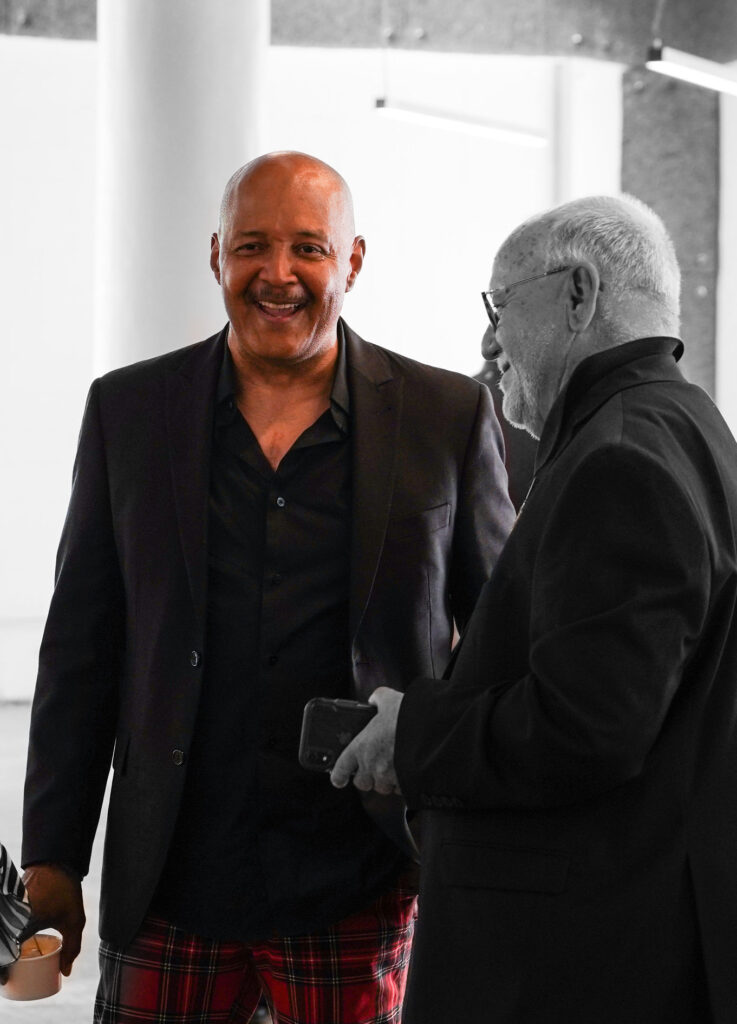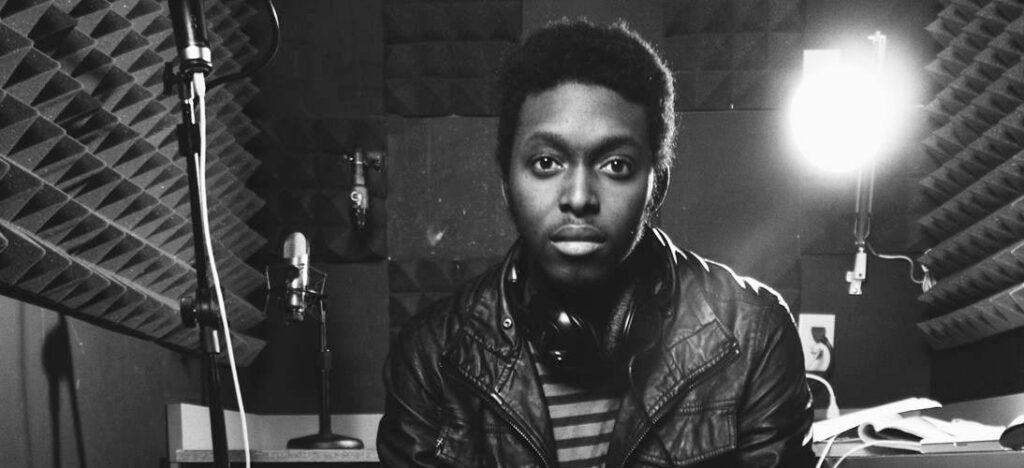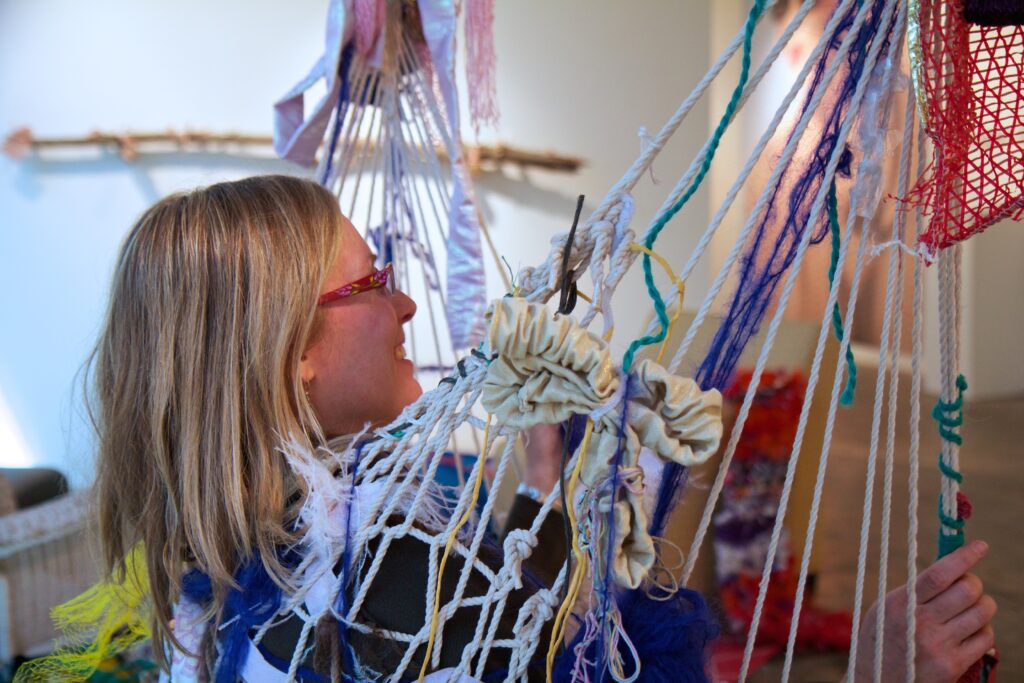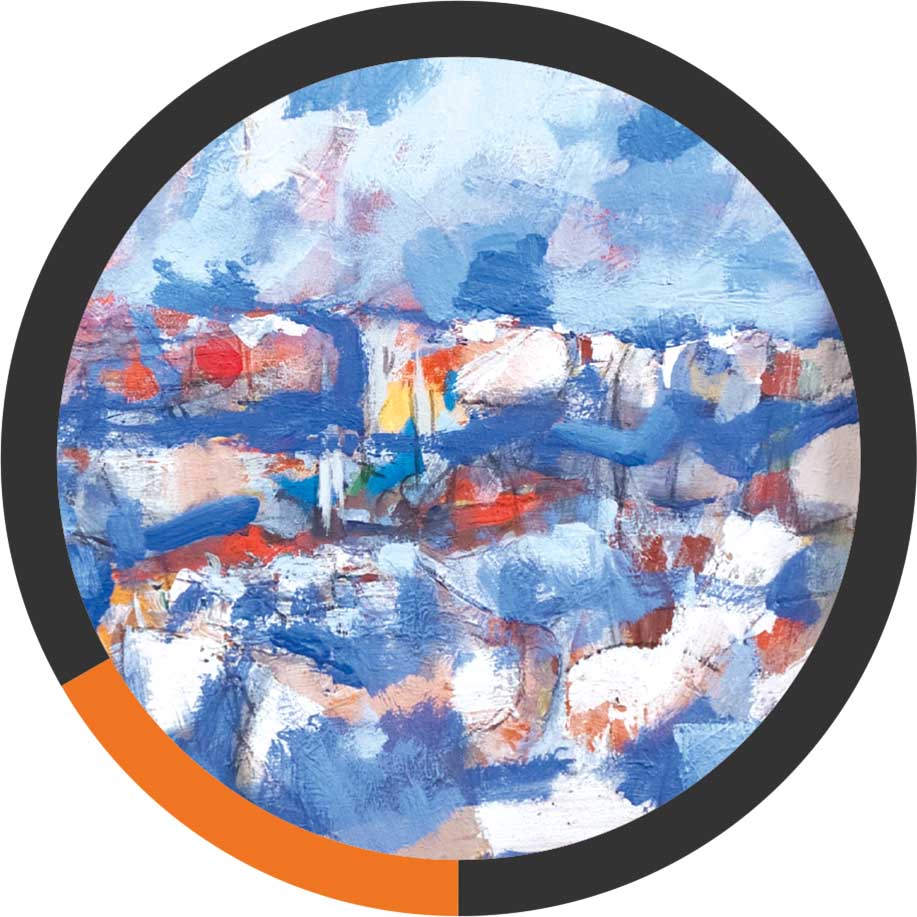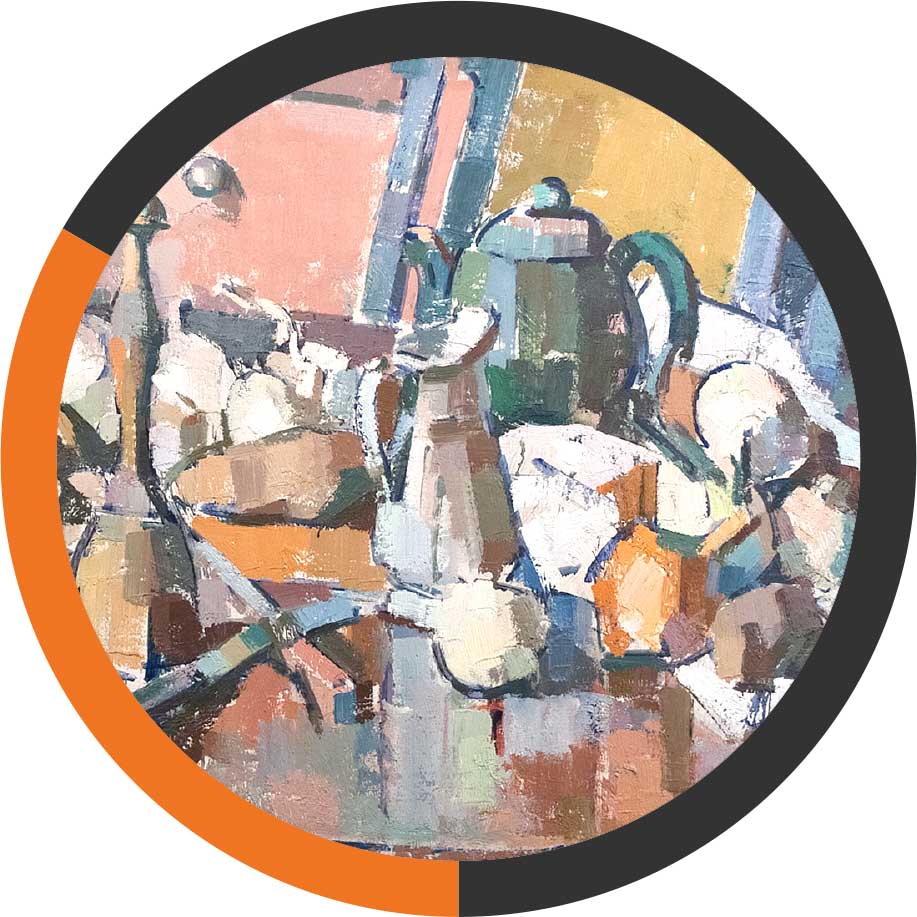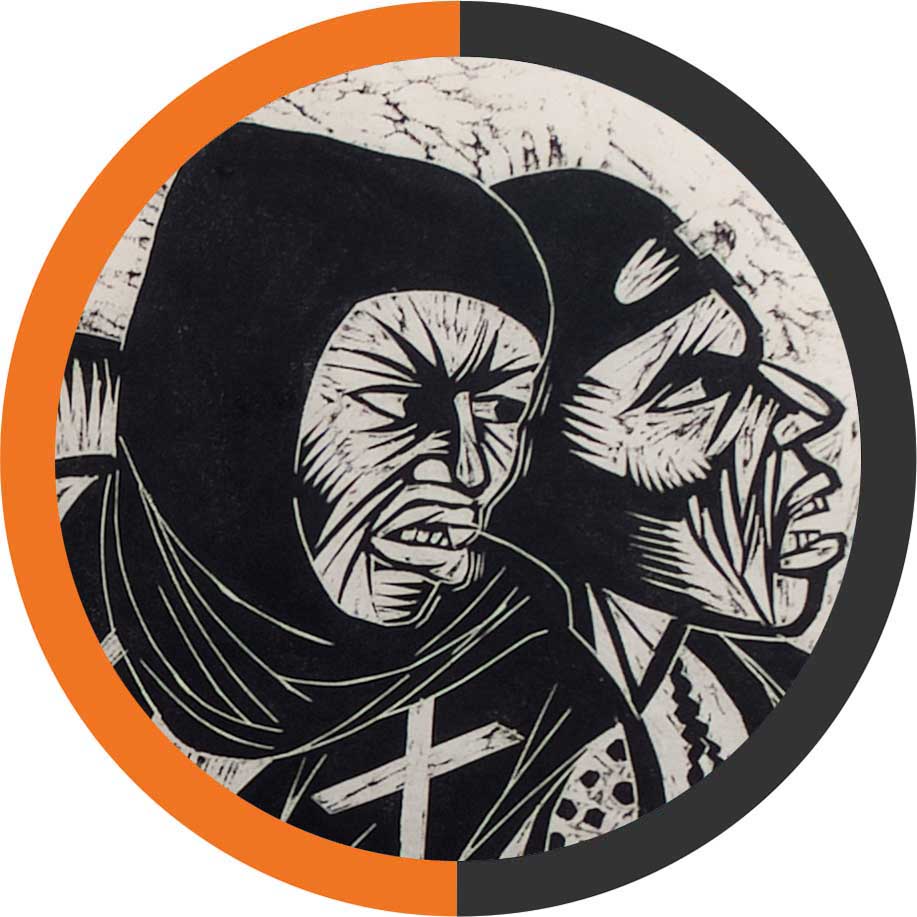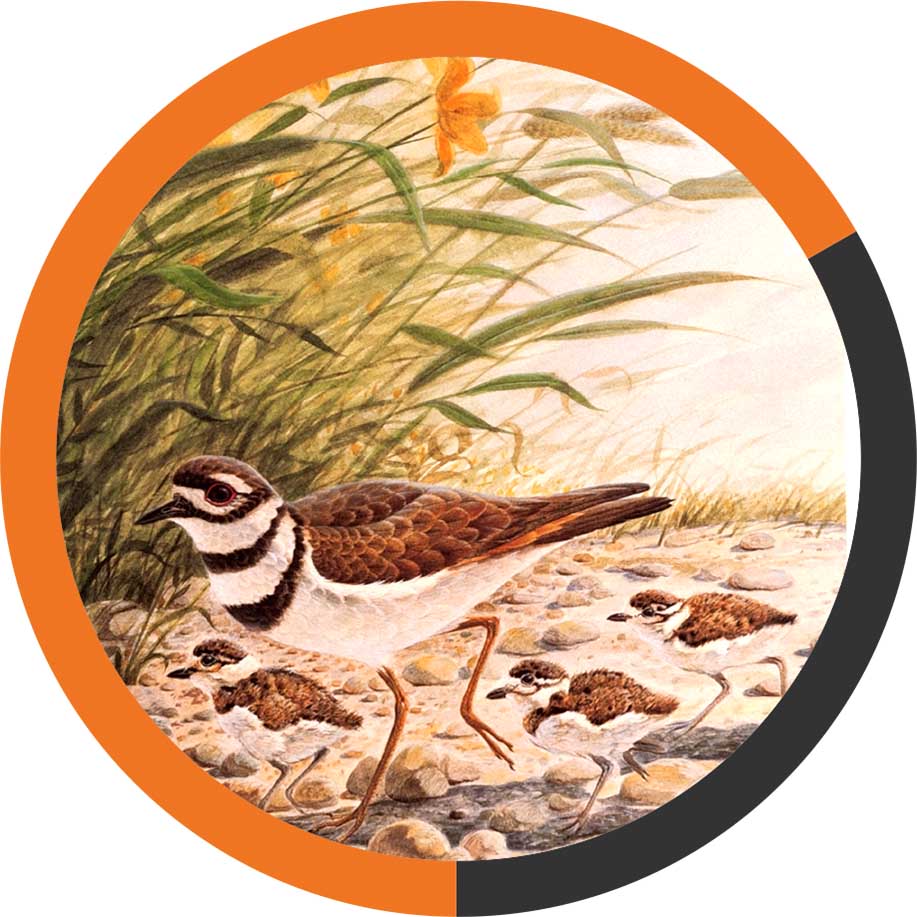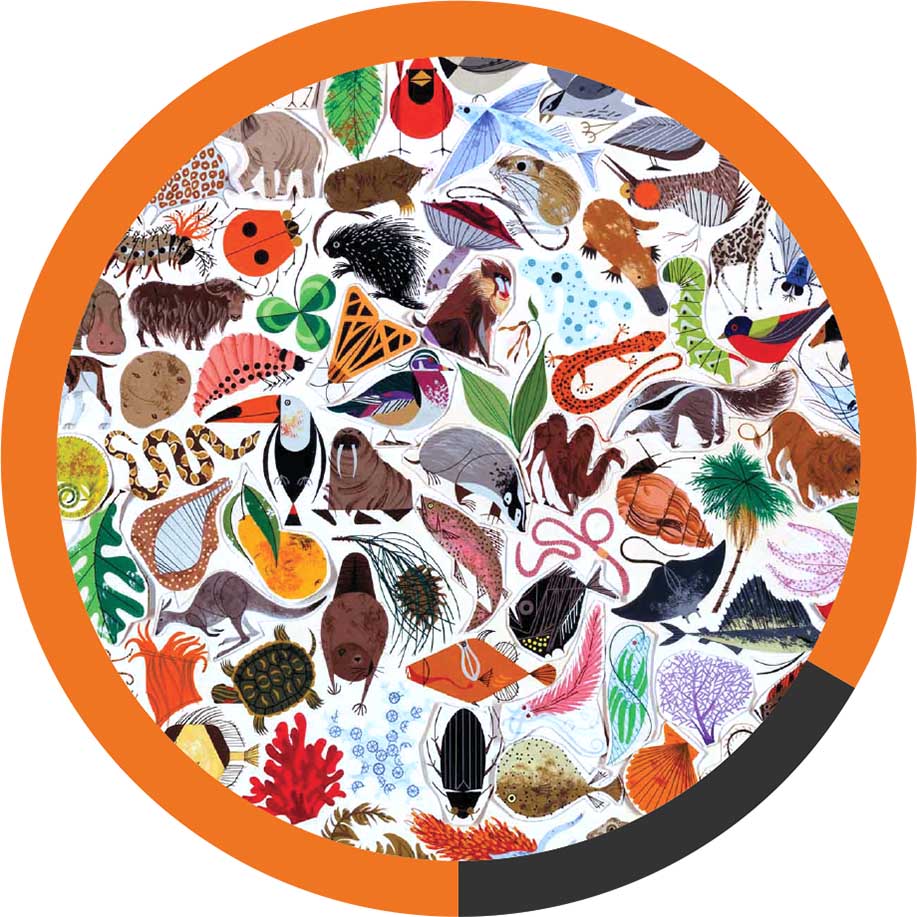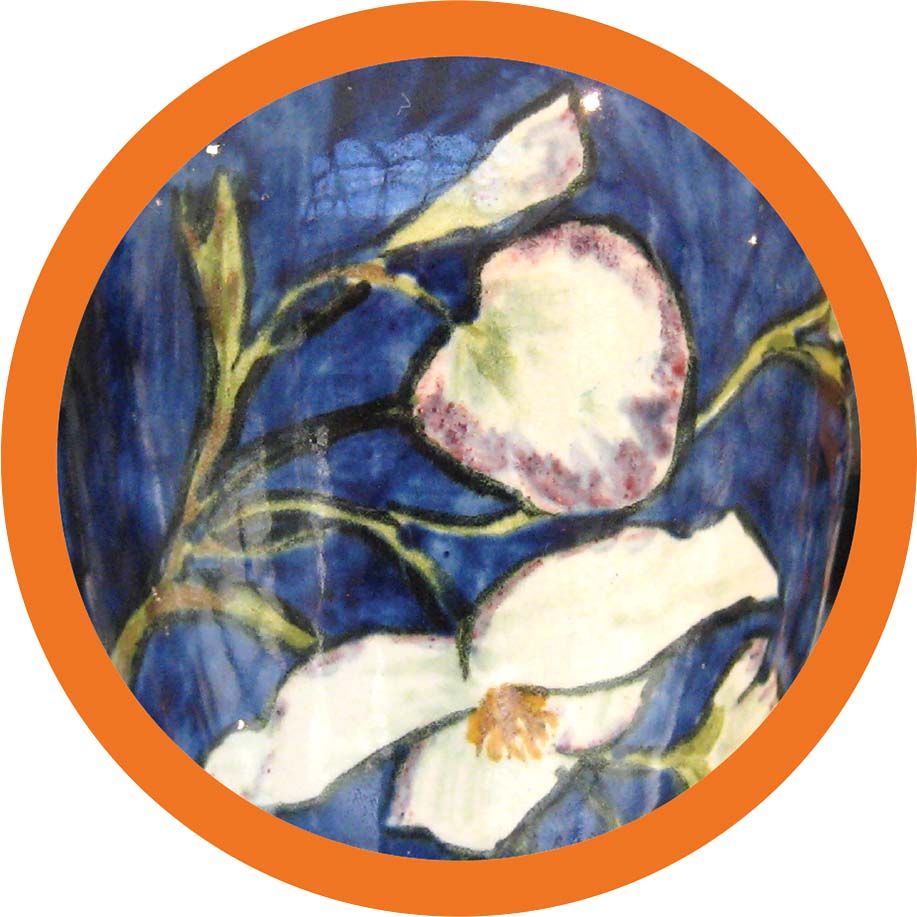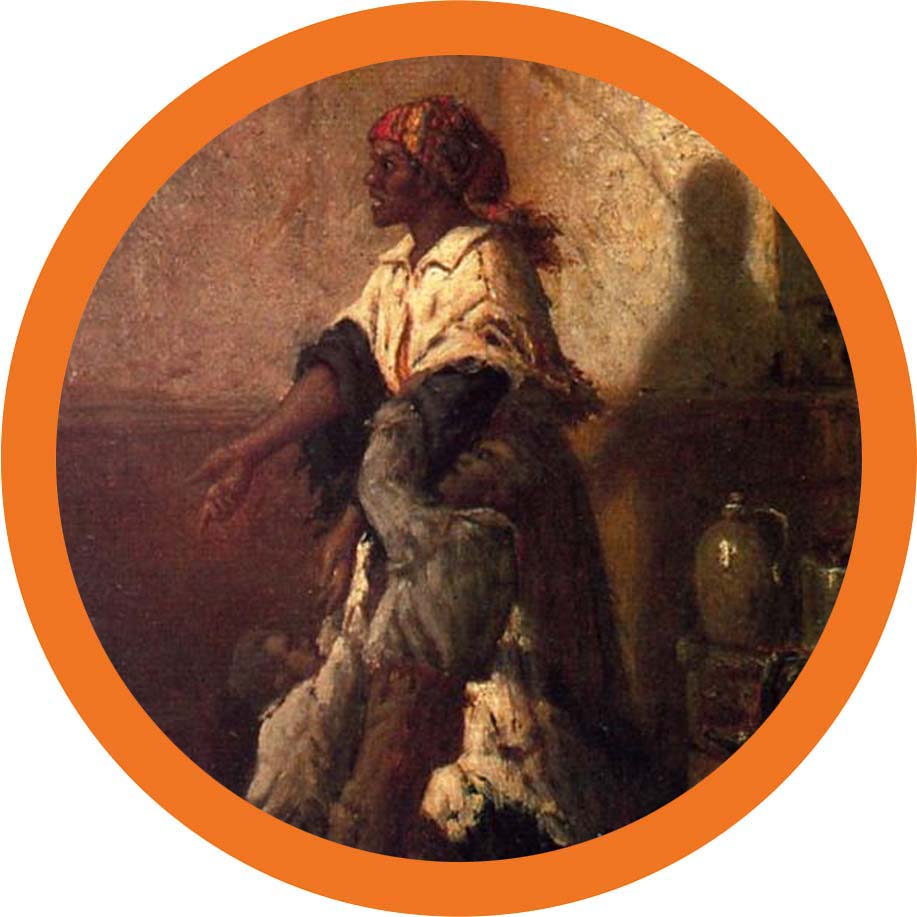Thomas Satterwhite Noble (1835-1907) $25,000 +
Thomas Satterwhite Noble, born on a plantation in Lexington, Kentucky in 1835, showed an interest in and propensity for art at an early age. He first studied with Samuel Woodson Price in Louisville, Kentucky, and continued his studies at Transylvania University in Lexington. He moved to Paris to study with Thomas Couture from 1856-1859.
His career as a burgeoning artist was cut short when the Civil War broke out and he joined the Confederate army from 1862-1865. After the war, Noble moved to St. Louis and began painting. Thanks to the success of his first painting, The Last Sale of Slaves, he received sponsorship from wealthy Northern benefactors for a studio in New York City. From 1866-1869 he painted some of his most well-known oil paintings.
Noble’s best-known works are historical or social/political presentations. He had, by this time, rejected slavery, despite having served the Confederacy. He is principally known for a series of four anti-slavery paintings: Last Sale of the Slaves (1865); John Brown’s Blessing (1866); The Modern Medea (1867); and The Price of Blood (1868). These paintings are notable for depicting the anguish and inhumanity of slavery and for including white oppressors in the imagery.
In 1869, he was invited to become the first head of the McMicken School of Design in Cincinnati, Ohio, a post he would hold until 1904. In 1887, the McMicken School of Design became the present-day Art Academy of Cincinnati.
While at the helm of McMicken School, Noble trained several other prominent artists including Elizabeth Nourse (1859-1938), Willie Betty Newman (1863-1935), and Eli Harvey (1860-1957). He spent sabbatical years studying in Munich, Germany (1881-1883). He retired in 1904 and died in New York City on April 27, 1907. He is buried in Spring Grove Cemetery.
Donors
Charles H. Dater Foundation
The Otis B. Flinchpaugh Jr. Trust*
The Carol Ann and Ralph V. Haile Foundation
Harvey C. Hubbell Charitable Gift Fund
Bonnie and Brian Leyden*
P&G Fund of The Greater Cincinnati Foundation
John J. & Mary R. Schiff Foundation
Thomas R. Schiff Foundation
Summerfair Cincinnati
US Department of Education
* New Donor
** Alumni
